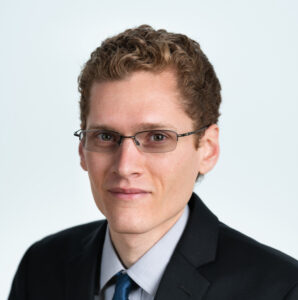
Language and Inclusion in a Multilingual World
When was the last time you had a student visibly start paying more attention because of something you said?
What were you saying?
What were you doing with your body?
One of the things I do that most consistently causes certain students to perk up is reference other languages. When trying to define theology I compare it to the Spanish Dios, which is a lot closer to the Greek theos than the English “God.” Similarly, the Spanish iglesia sounds a lot like the Greek ekklesia (it derives from it via Latin), which is useful for helping students remember what ecclesiology is, even if the spellings are different. My students are used to teachers and professors introducing new vocabulary by referencing the roots of the words, and similar words, in English. Their bodies, the surprise on their faces, tell me they find it shocking to hear Spanish and other non-English languages used in the classroom. However, the bodies that make up my students reflect a need for a multilingual focus.
According to the U.S. Census Bureau, sixty-six million Americans (21.5%) live in households where a language other than English is spoken. Most, of course, also speak English. This reality is reflected in our classrooms. In a recent term, my 130 students collectively spoke Arabic, Dutch, French, Gaelic, German, Gujarati, Hindi, Italian, Japanese, Korean, Mandarin, Polish, Portuguese, Punjabi, Spanish, Tagalog, Ukrainian, and Vietnamese. At one school where I taught, 26% of my students were multilingual to some degree. In a larger city, at another institution where I served, 49% of my learners claimed two or more languages. I don’t know how these numbers reflect the broader campus communities of the universities where I teach, or the percentages in higher education as a whole. However, language is central to learning.
How can we teach well if we don’t consider what languages our students speak? How can we design curriculum if we don’t consider their cultural and linguistic backgrounds? How can we help them develop their proficiencies in their other languages if we are not open to incorporating other languages in our teaching?
This is not just an issue of pedagogy.
It’s an issue of justice.
We invest a lot in helping white students learn a second language in school, but typically devote minimal resources to helping native speakers learn to read and write in their non-English languages. At worst, we bar them from using their native language(s) out of the utterly mistaken (so says the research) conviction that doing so helps them learn English faster. Believing that students who grew up speaking Spanish or Polish or Arabic should be able to read and write in those languages by the end of college should not be a radical or rare position.
I imagine some of the surprise of my using Spanish and other languages in class is that, as a white person, I don’t look like I should speak them. They’re not wrong. I’m a product of the U.S. education system. A native English speaker, I am functionally monolingual despite having studied Spanish, German, and biblical Greek. That doesn’t mean I can’t find ways to signal that I know my classrooms are populated by multilingual students. This might mean making comparisons to words I know in other languages. Or, providing students non-English editions of required readings. Or, encouraging students to use their other languages when conducting research.
The tongue is part of the body. Language is part of embodied teaching. If I want to embrace my students’ identities, using their languages is a good place to start. It is a counter-imperial gesture, one that challenges the hierarchy of languages that equates English with power.
Leave a Reply